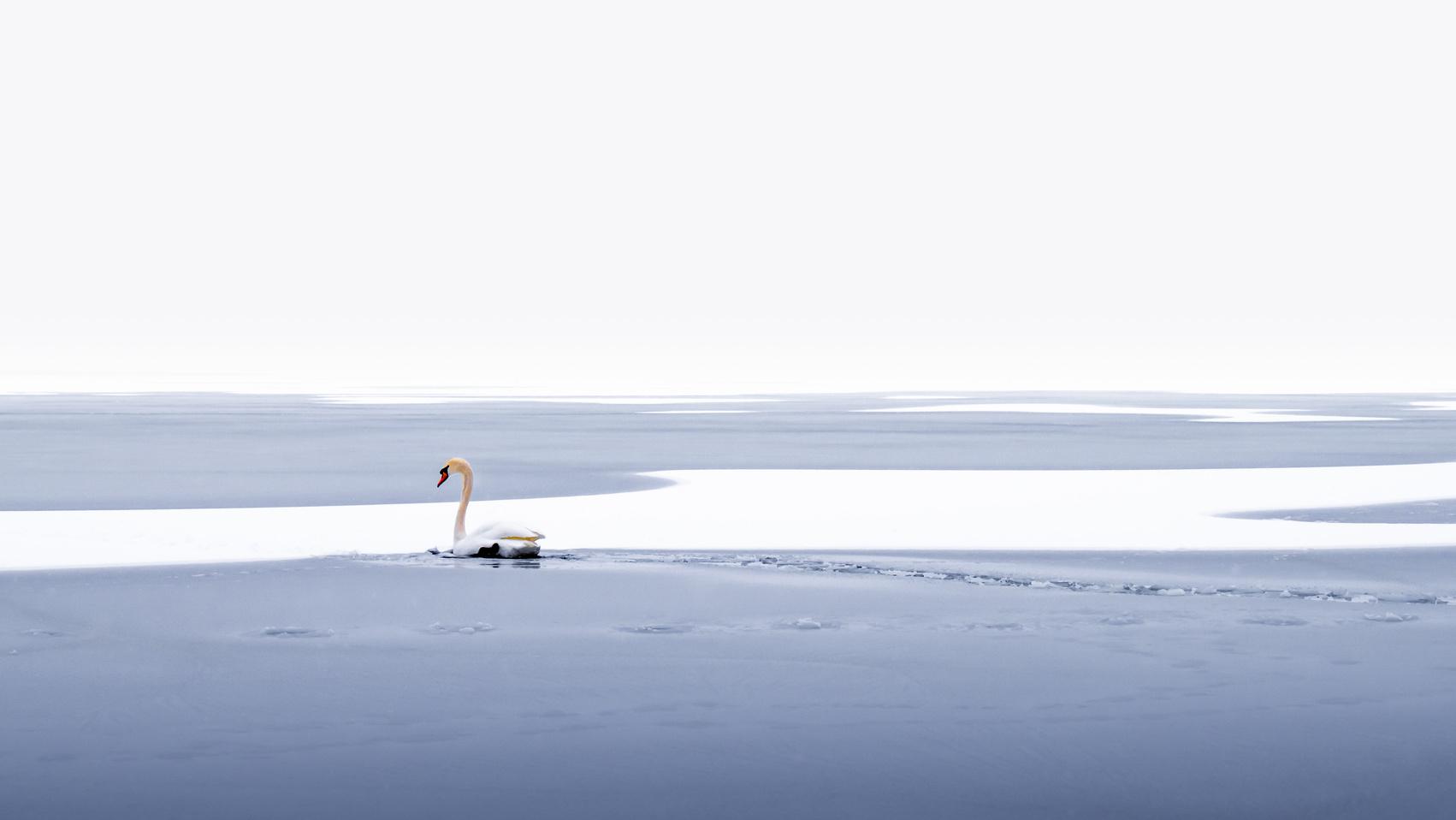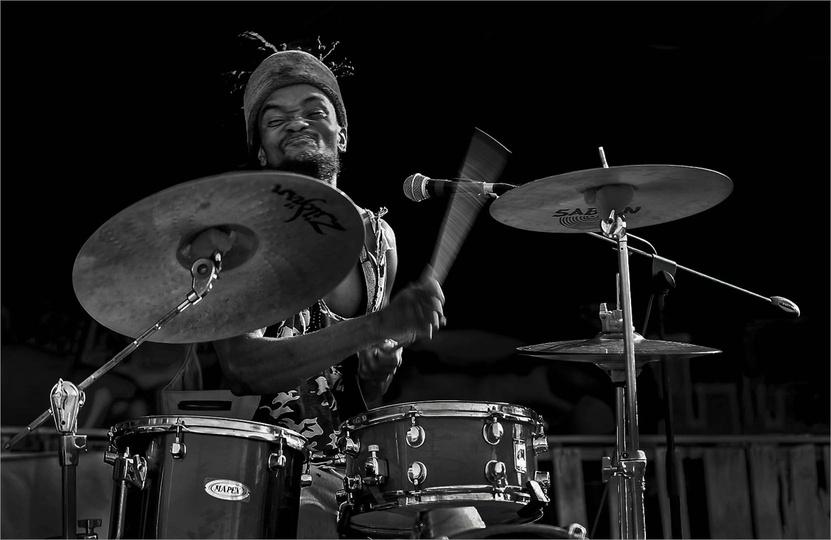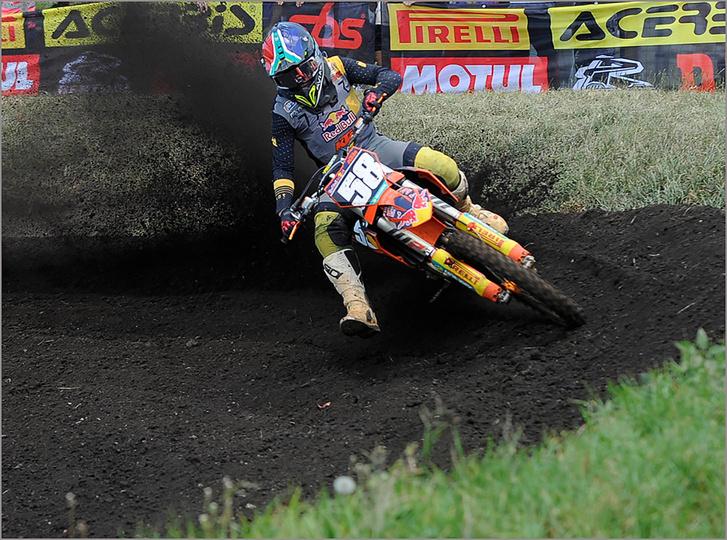F O C U S
SHARING VISUAL ART
EDENVALE PHOTOGRAPHIC CLUB

NEWSLETTER
JANUARY/FEBRUARY 2023


NEWSLETTER
JANUARY/FEBRUARY 2023
Before I jump into my message I need to make a very important announcement: due to other event bookings, Modderfontein Golf Club has asked us to rearrange some of our in-person club nights We sincerely apologise for the calendar changes and to see the correct dates, please take a look at Clare’s messages on WhatsApp and the dates on Photovault We are so sorry that because of MGC's requested date changes, we will miss a visit from our dearest friend and oldest (in member years, not his age!) friend Dave Gordon on the 8th March, because club night had to be moved to the 15th March. Dave, we apologise and hope to see you soon!
We are in the 3rd month of 2023, the year is rushing ahead! We are amidst an energy crisis with continuous load shedding Painful, I know My approach to life is always to look for the silver lining! As photographers, we can do a lot without electricity If you keep your laptop charged you can even edit during load shedding!
Brian Shaw has worked out an amazing calendar for outdoor events, keep an eye out for his suggestions He can only suggest ideas and you can only accept his suggestions Brian is one of the most versatile photographers and we can all learn from his efforts There is no gain without a bit of effort.
We will put together another Table Top workshop if we have enough interest and are so working on a weekend away outing. Please communicate with any committee member if you have any questions or need assistance with anything
We welcome two new members so far this year, Tarryn Petzer and Natalie Lumgair, welcome to EPC
Let us work together to make this another great year
Lots of love, light and laughter!
Hanli
This particular photograph was taken in the Namib rand. Visiting Namibia during December/January is not for the faint-hearted, especially if you are doing a road trip to the remotest areas. It’s hot…VERY hot! For a landscape photographer, it’s probably the worst time to visit – very short “Golden Hours”, little to no clouds, and WAY too hot to hike for a good composition.
Looking out at a desolate valley between the sand dunes, from my vantage point under a wet sarong (a makeshift aircon in the oppressive heat), I surveyed the scene. One lone “big” tree, and lots of scrappy little ones. Even the sand dunes couldn’t make the effort to grow into anything worthwhile Not a composition in sight, so I had to improvise.
The next morning I was up early. I had an idea. 8 Individual shots of one large tree, while walking in a 360 degree circle around the tree, combined in-camera. I love the ghost-like impressions, especially of the smaller trees. For me it truly represents how remote and vast the place is and how you feel as though you are drinking in the landscape through your eyes.
ISO 64, F1/8, Shutter speed varied per individual shot to achieve correct exposure.









March - Negative space

April - Black and White
May - Panorama
June - Abandoned
July - Leaves
August - Whiter Shade of Pale
September - Painting with light
October - Insects
November - Reflections
March 15th at MGC
March 22nd online
May 17th at MGC
May 24th online
PhotobyKenKullik onUnsplashUpcoming photography opportunities & possible outings:
(stay tuned to our WhatsApp chat for outing details)
12th March - St Sergius Russian Orthodox Church, Midrand
17th - 19th March - Polo, East Rand Polo Club
25th March - Equestrian Archery, Pretoria
1st April - MX Racing, Erora Track, Kempton Park
15th April - Racing, Zwartkops (Historic tour)
29th April - MX Racing, Chestnut Hill Track (Bapsfontein)
 Spinning Wheels by Brian Shaw
Spinning Wheels by Brian Shaw
ONE STAR CELLPHONE WINNER
Royal Natal
Sonja Olivier
ONE STAR NATURE WINNER


Can you see the light?
Sonja Olivier
ONE STAR PICTORIAL WINNER

Amatombazane
Sonja Olivier
The Grand Colosseum

Tahlita Verster
 TWO STAR CELLPHONE WINNER
Pink Surprise
Debra Russell
THREE STAR CELLPHONE WINNER
TWO STAR CELLPHONE WINNER
Pink Surprise
Debra Russell
THREE STAR CELLPHONE WINNER
Spirit of the Namib

Linda Carter
Dappled Canyon
Linda Carter
 STAR PICTORIAL WINNER
THREE STAR NATURE WINNER
STAR PICTORIAL WINNER
THREE STAR NATURE WINNER

Treading lightly
Quentin Lemmer
Early morning fishing
Christa Smith

FIVE STAR NATURE WINNER
Yellow-billed duck

Ettienne van Niekerk
FIVE STAR + CELLPHONE WINNER
Rock agama lizard trying to blend in Ruth Smit

Moonlit storm drain

Gary Andrew Peck
The drummer
Brian Shaw




Reflection
Sonja Olivier
Whispy
Sonja Olivier
STAR CELLPHONE WINNER STAR NATURE WINNER ONE STAR PICTORIAL WINNER Storm clouds gather over Cathedral Peak John HoskingEden Island

Tahlita Verster
Maddy
Debra Russell
 TWO STAR PICTORIAL WINNER
TWO STAR PICTORIAL WINNER
Thirsty Work

Gavin Duffy
Middle Beach
Linda Carter
 THREE STAR NATURE WINNER
THREE STAR PICTORIAL WINNER
THREE STAR NATURE WINNER
THREE STAR PICTORIAL WINNER

 Making dust
Des Alexander
Soon to be king
Quentin Lemmer
Making dust
Des Alexander
Soon to be king
Quentin Lemmer
FIVE STAR + NATURE WINNER
African Darter

Ettienne van Niekerk
FIVE STAR PICTORIAL WINNER
House of stone and light
Clare Appleyard

ONE STAR CELLPHONE WINNER
Pink rose

Sonja Olivier
ONE STAR NATURE WINNER
White-throated swallow

Sonja Olivier
ONE STAR PICTORIAL WINNER
Affection
Louie Bodenstaff

THREE STAR CELLPHONE WINNER
White orchid

Debra Russell
THREE STAR PICTORIAL WINNER
A push and a shove
Brian Shaw
THREE STAR NATURE WINNER

Misty morning
Linda Carter

Fulvous whistling duck

Brian Kleinwort
Brian Kleinwort

Juvenile bearded vulture
 Ettienne van Niekerk
Ettienne van Niekerk
Glass
Ruth Anne Smit

Fragile Petals

Dino Bottego
Calm sunrise
Dave Wolstencroft

Artificial intelligence (AI) has transformed many industries and has the potential to disrupt traditional ways of working. One industry that is currently being impacted by AI is photography. While AI offers many benefits to photography, such as increased efficiency and automated editing (background removal, sky replacement and object selection in Adobe LR and PS, together with software like Topaz DeNoise are all examples of AI), it also poses significant threats.
One of the primary threats that AI poses to photography is the potential for mass-produced, standardized images. As AI technology advances, it is becoming easier and easier to create automated photography systems that can capture images, process them, and produce the final product with minimal human intervention. This means that photographers could soon be replaced by machines, leading to a homogenization of images and a loss of creativity in the industry.
Another threat that AI poses to photography is the potential for manipulation and misinformation. AI algorithms can easily manipulate images to make them look more appealing, or even to change their meaning entirely. This has significant implications for the authenticity and accuracy of photography as a medium for representing reality.
An example of this recently came to the fore in Australia, when an AI-created image won a monthly photo competition.
"The most stolen image" by Jan van Eyck is not, as it appears to be, a drone shot of two surfers at sunset on an Australian Beach. Instead, it's a digitally created image by Australian company Absolutely AI

The stunning image above, "The most stolen image", fooled both judges and other entrants in DigiDirect's January competition, winning the AU$100 first prize. After the announcement, Absolutely AI released a statement on their Instagram account, saying, "We did it to prove we're at a turning point with artificial technology", Absolutely AI founder Jamie Simmons said.
"The barriers to creating something truly eye-catching have never been lower. Our award-winning 'photograph' is a good example of that. We didn't need to wake up at sunrise, drive to the beach and send the drone up to capture the image. We created this
image from our couch in Sydney by entering text into a computer program. This 'photograph' was convincing enough to win the world's first photography award for an AI image." "We're at a point now where Machine may be the superior creator to Man," he said.
Additionally, AI can create ethical concerns for photographers, particularly in relation to privacy. With the widespread use of facial recognition technology, for example, photographers could easily capture and identify people in their images without their consent. This has significant implications for privacy and consent in the photography industry.
Despite these threats, AI also offers many opportunities for photographers to enhance their craft. AI can assist photographers in editing, organization, and even image selection, allowing them to spend more time on creative work. Moreover, AI can help photographers improve their images by identifying areas for improvement, such as exposure or colour balance.
In conclusion, the threat of AI to photography is a complex issue that requires careful consideration. While AI offers many benefits to photographers, it also poses significant threats, such as massproduced images, manipulation and misinformation, and ethical concerns around privacy. As AI technology continues to advance, it is essential that photographers stay informed and remain vigilant about the potential implications for their industry. Ultimately, the responsible use of AI will be critical in preserving the integrity and authenticity of photography as an art form.
For more evidence of the power of AI, 90% of this article was written by ChatGPT, an AI Chatbot developed by OpenAI.
Negative space photography is related to minimalist photography (February's Set Subject!). It emphasises not just the subject but also the empty space around the subject. So, although the viewer’s eyes may focus on a central figure, they can’t help but notice the large section of emptiness that surrounds and defines that figure. Essentially, that emptiness (in whatever form it takes) gives definition and emphasis to the subject.
“It’s minimalism in photographic form,” says photographer Will Milne. “You have your focal point and very few other elements on the page.” That focal point or main subject is the “positive space,” and the rest of the frame, be it a blank sky or the studio's white space, is the negative space.
 Photo by Frederik Löwer on Unsplash
Photo by Frederik Löwer on Unsplash
“You can use light and shadow to create negative space,” says photographer Jimmy Marble. Lighting can emphasise a subject in a stark and dramatic way, and shadows that extend into the background can further emphasise the subject’s relationship to the space. That works best with bright, direct light.

Negative spaces are often, but not always, solid backgrounds. They can be concrete walls, rolls of brightly coloured paper, or black studio backgrounds. But that’s only the beginning. Emptiness takes many forms.
Negative spaces don’t have to be uniform. Grass can be a negative space, even though it has quite a bit of texture to it. Likewise, desert sands with a noticeable variation or a cloudy sky can also serve as dramatic, empty spaces, even though they are not one uniform colour. Negative space photography is about relationships and how the subject relates to expansive spaces, whether it’s a wide field of grass, a vast desert, or an open sky.
Source: Adobe.com
Negative space image by Will Milne.


 PhotobyAverie Woodard onUnsplash
PhotobyCHUTTERSNAP onUnsplash
PhotobyTrevorMcKinnon onUnsplash
PhotobyAverie Woodard onUnsplash
PhotobyCHUTTERSNAP onUnsplash
PhotobyTrevorMcKinnon onUnsplash